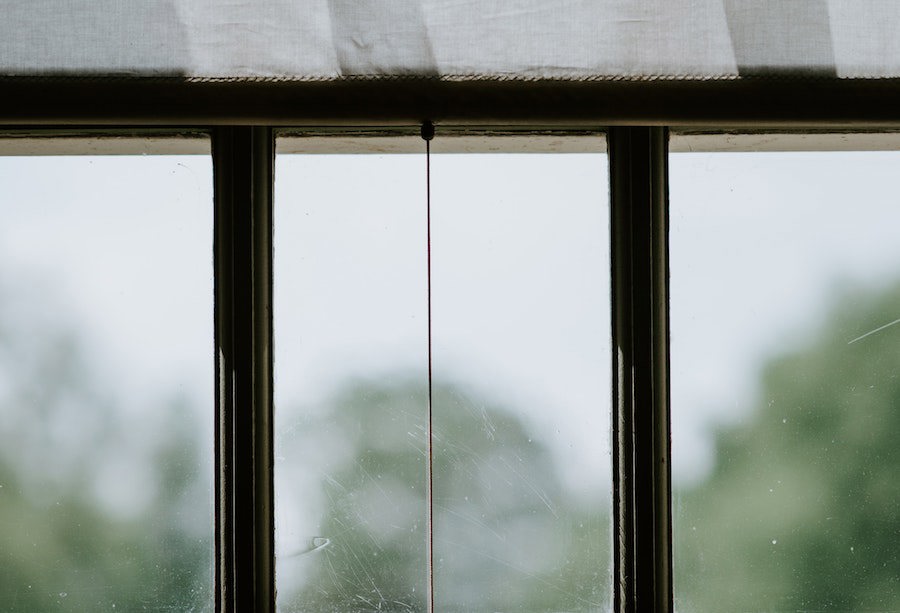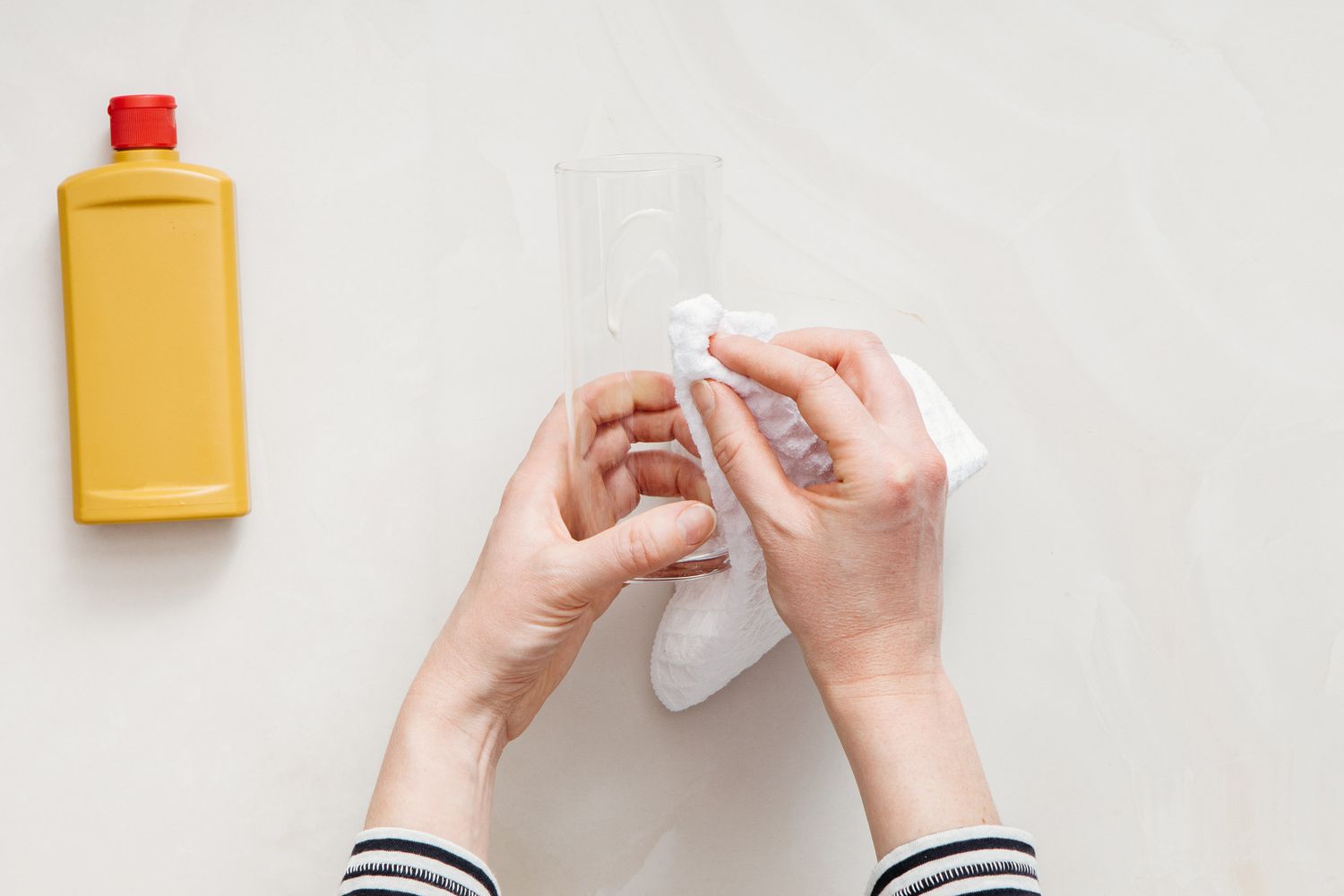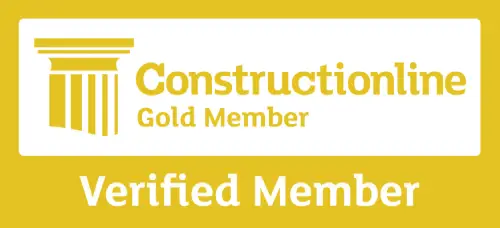Restoring Clarity: How to Repair Scratched Glass Without Replacing It
Scratched glass can spoil the appearance of windows, doors, splashbacks, mirrors, and tabletops. Whether the marks are light scuffs or deeper abrasions, they often draw unwanted attention, especially in direct light. Fortunately, many scratches can be repaired at home with the right tools and techniques—no expensive replacements required.
In this guide, we’ll explain how to assess the damage, restore scratched glass surfaces using safe DIY methods, and identify when it’s time to call a professional glazier. If you’re looking to remove scratches from glass in a cost-effective way, this article has everything you need to know.

Scratched Glass Example

DIY Repair of Glass Scratches
Understanding Glass Scratches: Light, Moderate and Deep
The first step in any glass scratch repair is determining the severity of the damage. Glass scratches typically fall into one of three categories: surface-level, moderate, or deep.
Light surface scratches are common and often caused by cleaning with abrasive cloths or accidental contact with metal items like rings or keys. These marks can usually be buffed out using simple household remedies and a soft microfiber cloth.
Moderate scratches are slightly deeper and may catch the edge of a fingernail. These are more visible and may take extra effort to reduce in appearance. DIY polishing methods can still be effective but may require specialist products like cerium oxide.
Deep scratches are clearly visible, sometimes even distorting light through the glass. These may feel sharp or rough to the touch. If you're dealing with this level of damage—especially on double glazed units, toughened panels, or safety glass—it’s best to contact a professional to avoid compromising the integrity of the glass.
Cleaning the Glass Before Repairing Scratches
Before attempting any scratch repair, thoroughly clean the surface. Use a non-abrasive glass cleaner or a solution of vinegar and water to remove any dirt, grease, or debris. Apply it with a soft microfiber cloth to prevent creating new scratches. This step will also help you see the scratch more clearly and assess its true depth.
Proper lighting is essential. For vertical surfaces like windows and doors, position yourself so natural or artificial light highlights the scratch. For horizontal surfaces, clean and dry the area, then inspect from different angles before applying any treatment.
How to Remove Light Scratches from Glass
For light, cosmetic scratches, a few DIY solutions can help reduce or completely remove the damage.
One of the most popular options is whitening toothpaste. Apply a small amount to a soft, damp cloth and gently rub it into the scratch in small, circular motions. The mild abrasive in the toothpaste helps to smooth the edges of the scratch and reduce its visibility. After a minute or two, wipe off the residue and inspect the area. You can repeat the process two or three times as needed.
Baking soda paste is another household solution. Mix two parts baking soda with one part water to form a paste. Using a microfiber cloth, apply the paste to the scratched glass and buff gently. Rinse and dry the area once complete. This method works well for mirrors, glass furniture, and shower doors.
Using Cerium Oxide to Polish Moderate Scratches
For deeper or more noticeable scratches, you may need to use a specialist glass polishing compound such as cerium oxide. This fine powder is commonly used by professional glaziers and is highly effective for removing moderate scratches without damaging the glass.
To use it, mix cerium oxide with water to form a slurry, then apply it to the scratched area using a felt polishing pad or a cloth. For larger areas or more persistent marks, a polishing wheel attached to a power drill can provide a consistent, even motion. Always keep the surface moist during the process and avoid excessive pressure.
This technique is ideal for scratched window panes, glass doors, and kitchen splashbacks, and it can often restore the glass to a nearly new appearance when used correctly.
Clear Nail Polish: A Simple Fix for Filling Scratches
Another useful technique for shallow to moderate scratches involves applying clear nail polish. While this won’t remove the scratch entirely, it can fill the groove and make it less visible.
To apply, use the brush to cover the entire scratch with a thin layer of polish. Allow it to dry completely—typically one hour—then gently wipe away the excess with a cloth slightly dampened with acetone. This method works especially well on decorative glass and interior glass panels.
When DIY Methods Aren’t Enough
Not all scratches can be successfully treated at home. If the scratch is deep, wide, or located on a structural glass unit—such as double glazing, balustrades, or shopfronts—it’s important to seek professional advice. Attempting to polish or fill deep scratches yourself may worsen the damage or weaken the glass, especially on tempered or laminated surfaces.
A qualified glazier can assess the damage and recommend the most appropriate repair method. In many cases, professional polishing or partial replacement will be more cost-effective in the long run, especially when considering safety and aesthetics.
Tips to Prevent Glass Scratches in the Future
Once your glass is repaired or replaced, you’ll want to keep it looking its best. Prevent future scratches by cleaning regularly with a soft microfiber cloth and using non-abrasive cleaners. Avoid placing heavy or sharp objects directly on glass surfaces, and consider using silicone pads, mats, or coasters underneath items on glass furniture.
For high-traffic areas or homes with children and pets, consider upgrading to toughened or laminated glass, which is more resistant to scratches and breakage. Anti-scratch coatings and films are also available for added protection.
Need Help with Glass Repairs?
If you’re unsure about how to fix a scratched glass surface—or if the damage is beyond what a DIY solution can handle—our expert team at Ideal Glass Limited is here to help. We provide glass scratch assessments, professional polishing, and full window repair across Watford, St Albans, Stevenage, Harpenden, and the surrounding Hertfordshire area.
Contact us today for a free quote or advice on your glass repair needs.













Great post! Glazing is such an important aspect of both aesthetics and energy efficiency in modern buildings. It’s amazing how the right glass choices can completely transform a space while also improving insulation and reducing noise. Thanks for sharing!